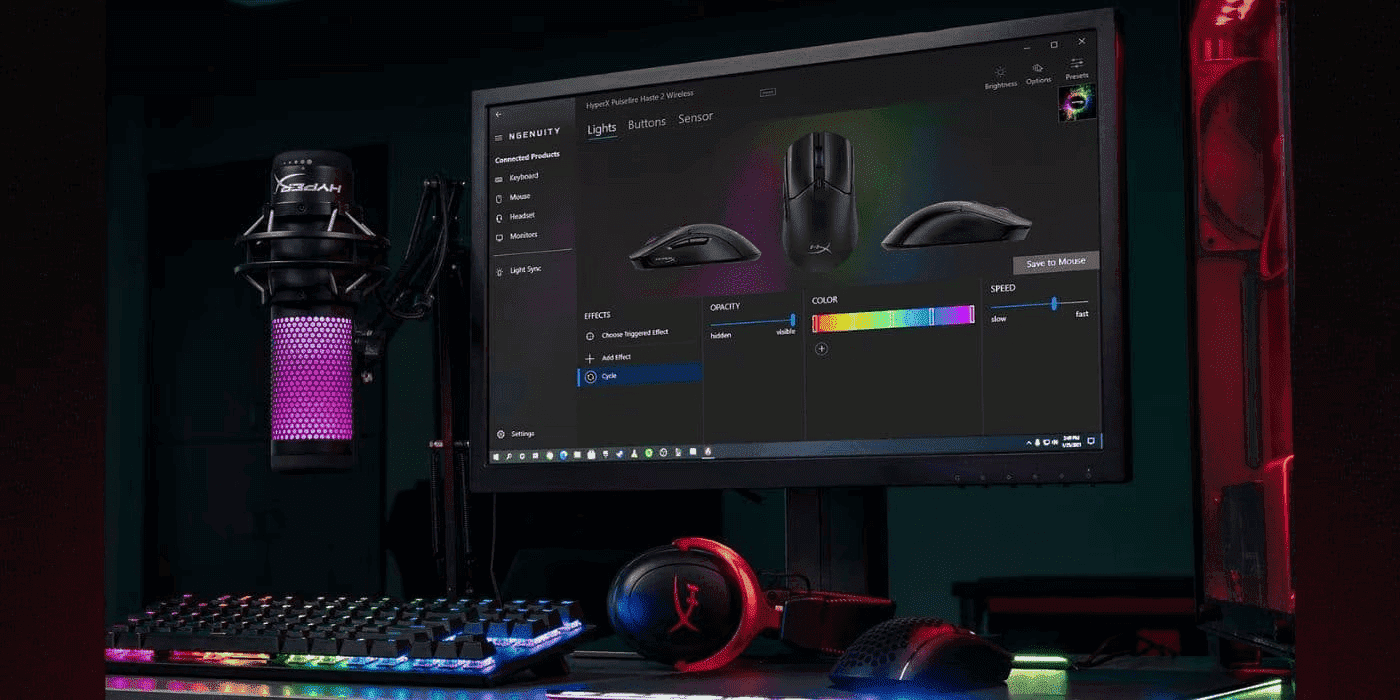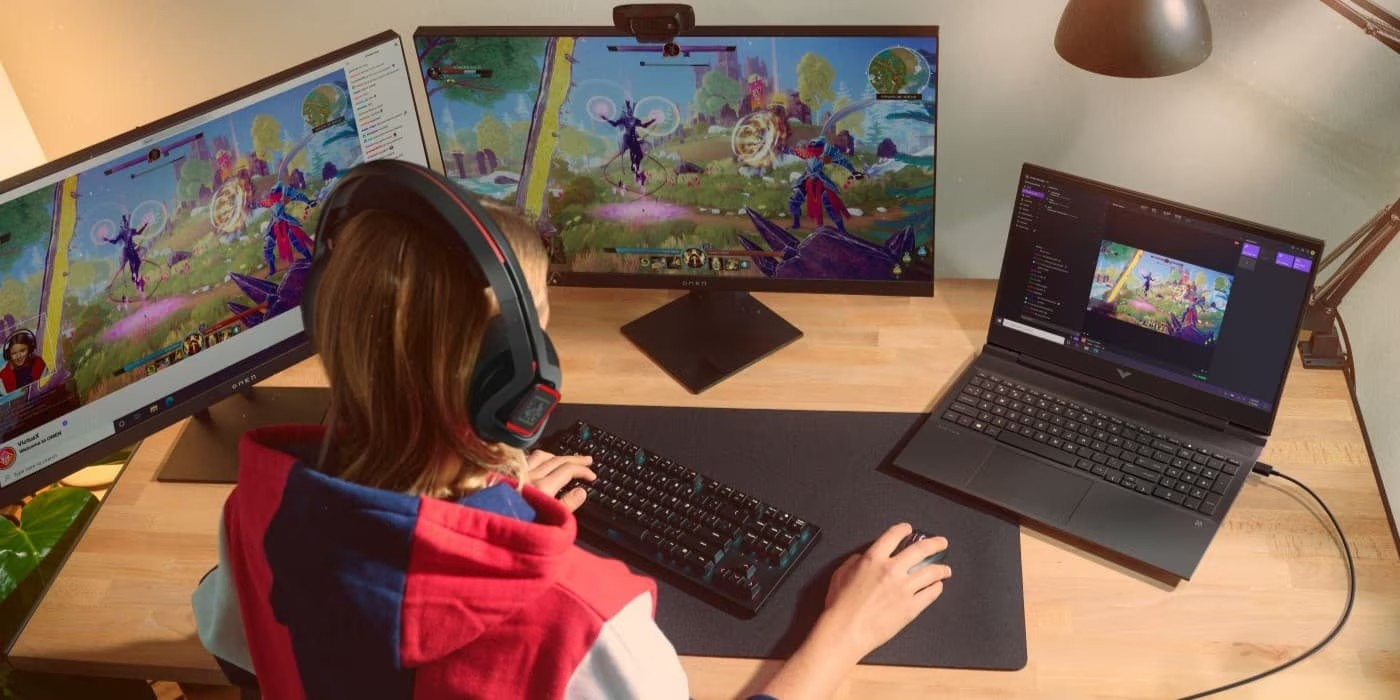Thank you for visiting the MALAYSIA HP Store
-
Contact Us
CONTACT USCall us
- Sales
- 1800 88 4889
- Technical support
- 1800 88 4889
Mon-Fri 8:30AM to 5:30PM
(exc. Public Holidays)
Chat with us- Sales
- 60166999350(WhatsApp)
-

Mon-Fri 8.30am - 5.30pm
(exc. Public Holidays)
Live product demo
Store finder Locate our stores - Location
- My Account
Understanding Extended Reality (XR): The Future of Digital Experience


As Malaysia continues its digital transformation journey, extended reality (XR) technology is becoming increasingly relevant to both businesses and consumers. Whether you’re a gamer in Kuala Lumpur or a business professional in Penang, XR is set to transform how we interact with digital content. Let’s explore what XR means and how it’s shaping our future.
XR, also known as extended reality or cross reality, encompasses several related technologies. It’s an umbrella term that includes VR (virtual reality), AR (augmented reality), and MR (mixed reality). Understanding these distinctions will help you navigate the exciting possibilities XR offers.
What is XR?
At its core, XR is “reality-plus” technology that works with any type of display. It combines both VR and AR capabilities to create enhanced digital experiences.
The term XR has existed for decades, first appearing in the 1960s when Charles Wyckoff filed a patent for his silver-halide “XR” film, designed to photograph extremely bright light events like nuclear explosions.
Today, XR has evolved into a mainstream concept as device manufacturers develop new ways to enhance our digital interactions. From immersive gaming experiences to practical business applications, XR is revolutionizing how we interact with technology.
XR Technology Explained
Since XR encompasses multiple technologies, you won’t find a specific “XR device.” Instead, any device featuring AR, VR, or MR capabilities falls under the XR umbrella. For instance, if you’ve used Google Maps for navigation around Kuala Lumpur or played an immersive VR game on a gaming laptop like the HP OMEN Gaming Laptop 16.1 inch 16-wf1050TX, you’ve already experienced XR technology.
XR vs VR
Virtual reality (VR) is a subset of XR that provides fully immersive experiences. When using VR, your entire field of vision is filled with digital content through a headset or display. High-performance laptops like the HP Victus 15.6 inch Gaming Laptop are designed to handle demanding VR applications.
While all VR is XR, not all XR is VR. For example, augmented reality (AR) uses your device’s camera to overlay digital elements onto the real world, which is different from the complete immersion of VR.
XR vs AR
AR technology, another subset of XR, enhances your real environment with digital elements. Whether you’re using AR for virtual furniture placement in your home or experiencing interactive educational content, AR adds a layer of digital information to your surroundings.
MR vs XR
Mixed reality (MR) combines elements of both VR and AR. While MR and AR terms are often used interchangeably, MR specifically refers to experiences that blend virtual and real-world elements seamlessly.
XR Applications in Malaysia
1. Business Applications
Malaysian businesses are increasingly adopting XR technologies for various purposes. From virtual showrooms for property developers to interactive training programs for manufacturing staff, XR is revolutionizing how businesses operate. High-performance workstations like the HP ZBook Power 16 inch G11 support these demanding business applications.
2. Gaming and Entertainment
The gaming community in Malaysia has embraced XR technology enthusiastically. Modern gaming laptops like the HP OMEN Gaming Laptop provide the necessary power for immersive XR gaming experiences. Popular titles including racing simulators and action games are enhanced through XR technology.
3. Education and Training
Malaysian educational institutions are incorporating XR technology to create interactive learning experiences. From virtual science laboratories to historical reconstructions, XR is transforming how students learn. Professional workstations like the HP ZBook Firefly 14 inch G11 support these educational applications.
4. Everyday Applications
Many Malaysians already use XR technology daily without realizing it. From navigation apps showing virtual directions overlaid on real streets to video calls with virtual backgrounds, XR is integrated into our daily lives. Even shopping experiences are being transformed with virtual try-on features and interactive product demonstrations.
5. Future Applications
The future of XR in Malaysia looks promising. We can expect to see:
-
Virtual shopping experiences in major retail outlets
-
Enhanced healthcare services with AR-guided procedures
-
Interactive tourist experiences at historical sites
-
Advanced manufacturing processes with AR assistance
-
Improved remote collaboration tools for businesses
Required Hardware for XR
To experience XR technology, you’ll need capable hardware. High-performance laptops from HP’s gaming laptop range or business workstation series are designed to handle XR applications effectively.
Summary
XR technology is more than just a buzzword - it’s transforming how Malaysians interact with digital content across business, education, and entertainment. As we continue to embrace digital transformation, understanding XR and its applications becomes increasingly important for both personal and professional growth.
Whether you’re a business professional looking to implement XR solutions or an enthusiast interested in XR gaming, HP Malaysia offers a range of powerful laptops and workstations designed to support your XR journey.
- Sales
- 1800 88 4889
- Technical support
- 1800 88 4889
Mon-Fri 8:30AM to 5:30PM
(exc. Public Holidays)
- Sales
- 60166999350(WhatsApp)
-

Mon-Fri 8.30am - 5.30pm
(exc. Public Holidays)
Live product demo








